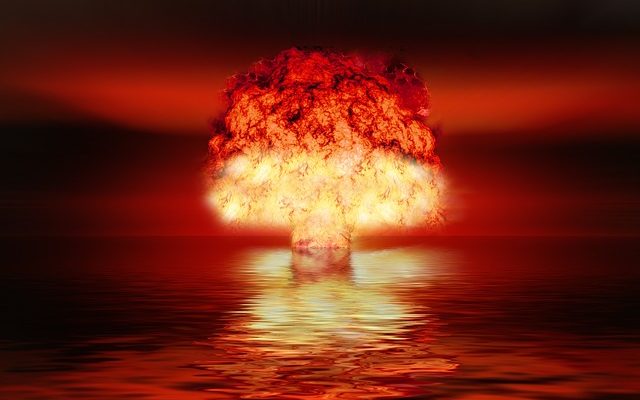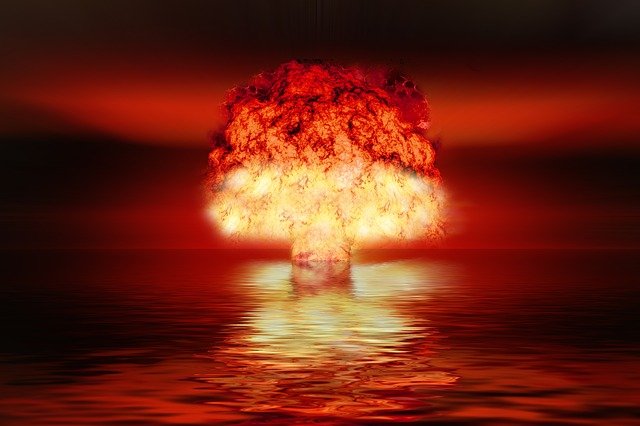
It’s believed that Santayana said “those who can’t remember the past are condemned to repeat it”.
Recent reading suggests we may remember it but still repeat it, with books ranging from Nagasaki to nukes in Iran, plus a smattering of pulp-era fiction
“A Song For Nagasaki: The Story of Takashi Nagai. Scientist, Convert and Survivor of the Atomic Bomb” by Fr. Paul Glynn (1988) is a searing, beautiful bio of a man who lived many lives inside a short stay on Earth, and by extension, it becomes the story of the second A-bomb dropped in August 1945 (Hiroshima on the 6th, Nagasaki, an alternative to a clouded-in city, on the 9th), told from many different viewpoints, and the even more incredible healing of body and soul that followed.
“The Walls of Jericho: LBJ, Humphrey Russell and the Struggle for Civil Rights” by Robert Mann (1996) Superbly detailed and researched, Mann’s book takes us from Truman through Johnson, spotlights some now forgotten titans, such as Sen. Richard Russell (D-GA), one of the most impressive men never to become president, and starkly reminds us that our legislative branch, fairly recently, still worked for the good of the country and mankind. I would rank “Jericho” with the Taylor Branch trilogy as the best of the civil rights histories.
“Day of The Guns” by Mickey Spillane (1964) Tiger (not to be confused with Robert) Mann was Mickey’s attempt at an American-flavored James Bond. While he falls far short of Ian Fleming, Spillane is always good for hard men, even harder women and plots and dialog that are hard to top. “Guns” was the first in a series.
“Black Money” by Ross MacDonald (1966) The Lew Archer series is formulaic, but in the best way—you always get a generous serving of the sardonic P.I., hard-boiled patter, dysfunctional rich families, depraved grifters and collateral damage to innocent bystanders. I love them all, but this one was reported the author’s personal favorite: starting when a soft young rich boy hires Archer to probe the French playboy who stole his girl. While the action boomerangs between L.A. and Las Vegas, the most MacDonaldian scene is the country-club community of Montevista (not to be confused with SA’s own), full of miserable, drunk rich people haunted by secrets Lew will have to invade and illuminate.
“Cry Hard, Cry Fast” by John MacDonald (1956) Deeply disturbing, highly unusual, the plot of this mystery is a multi-vehicle highway crash as told through the experiences of the “participants”, some of whom will live, many of whom will die. The technique presages modern novels like “Strangers” by Dean Koontz, in which an event draws together strangers without them fully understanding why.
“Dreamland: Armageddon” by Dale Brown (2004) From his highly-satisfying series built around Col. Dog Bastian’s “Dreamland” team of pilots and scientists developing “skunk works” weaponry, like the mightily-modified B-52 Megafortress and UAVs ripped from today’s headlines, this installment takes the men and women of Dreamland to 1997 Brunei where they must stop a bin Laden-driven terror attack complicated by all the power politics we recognize today in the Pacific.
“Where Angels Fear to Tread” by E.M. Forster (1905) A kind of tragi-comedy better known for its movie versions, this early Forster was going to be called “Monteriano” (for the Italian town where it’s set) but with a more intriguing title, the reader is drawn into a British family (that Ross MacDonald would have eaten for breakfast), riding to the rescue of a young widow who has traveled to Tuscany and, there, married unwisely.
As always, tell me what you think of any of these, or what you’re reading: [email protected]
More about:






